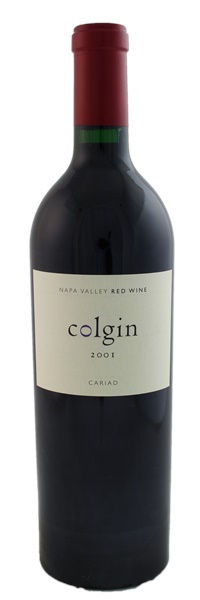Light label condition issue
Removed from a temperature and humidity controlled wine storage unit; Purchased direct from winery
Light label condition issue
Removed from a professional wine storage facility; Purchased direct from winery; Consignor is original owner
Removed from a professional wine storage facility; Purchased direct from winery; Consignor is original owner

Image above is an example. To view the image of the lot, click the item number.
Estimate
Complex notes of burning embers, charcoal, red and black fruits, subtle oak, licorice and cedarwood soar from the glass of this highly perfumed, stunning wine. It has everything going for it, including a flawless, seamless style....
...Dense, chocolatey and extremely deep...
Graceful and harmonious, this rich, ripe, polished youngster pushes ripeness to the max, exhibiting layers of red currant, black cherry and spicy floral notes. It also shows some heat and finishes with firm, ripe tannins.